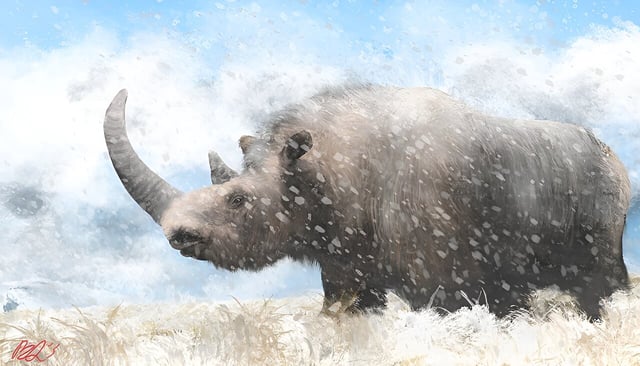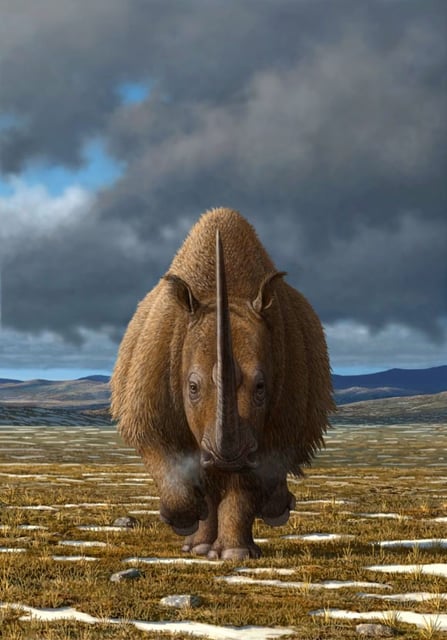Overview
- Scientists used advanced computer models, fossils, and ancient DNA to trace 52,000 years of woolly rhinoceros population history.
- The study found that from 30,000 years ago, cooling temperatures and human hunting pushed the species into isolated habitats.
- As Earth warmed, woolly rhinoceroses could not move to new habitats, causing population crashes and extinction.
- The research contradicts previous studies that denied human involvement in the species' extinction.
- Findings highlight the impact of human activity on megafauna and stress the importance of conservation strategies for current species.

